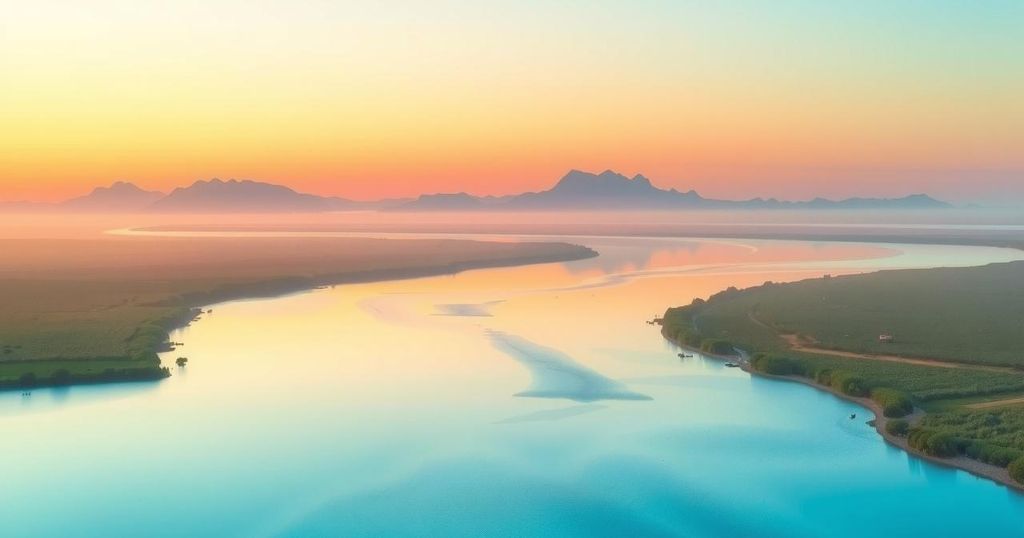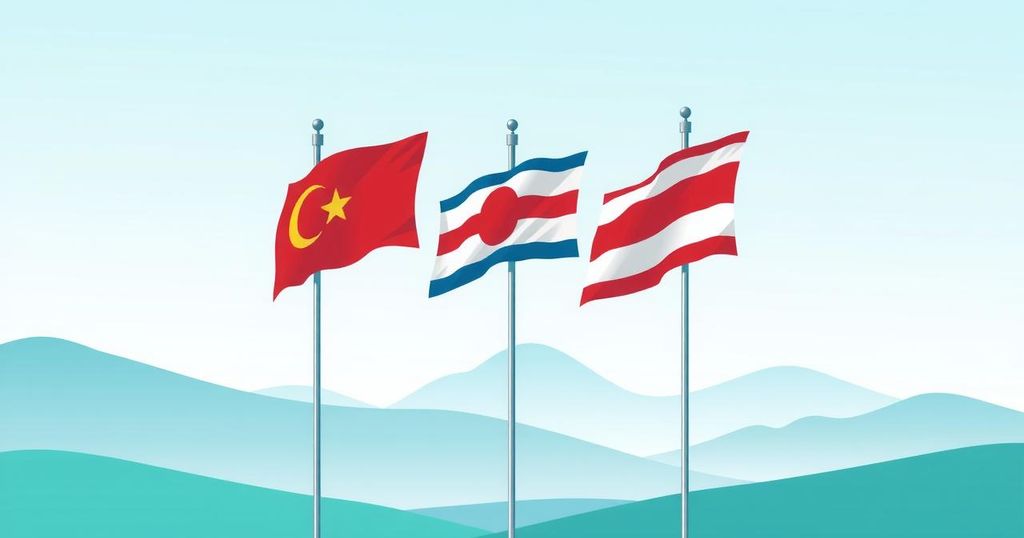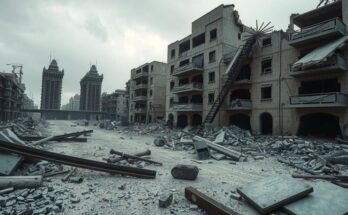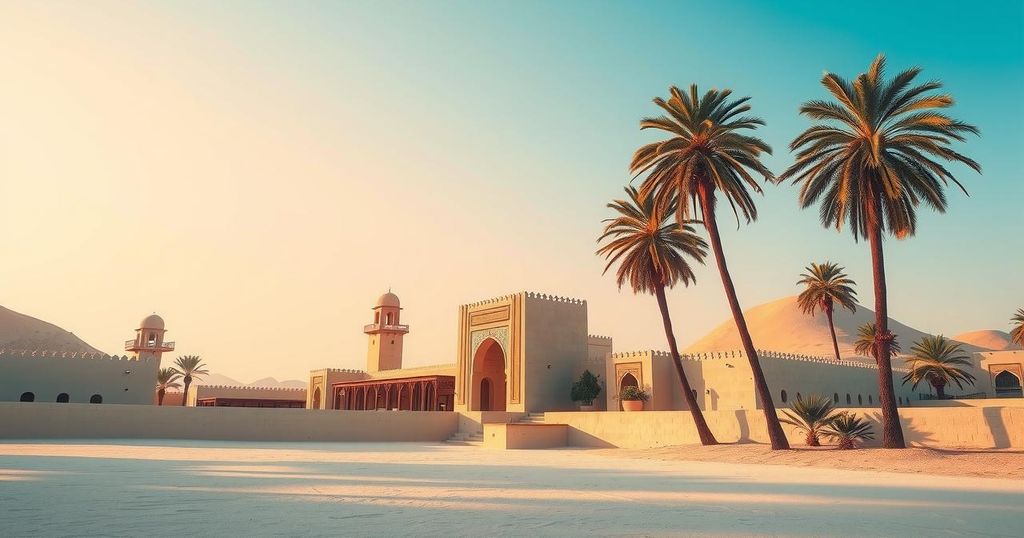The Egypt–Gaza border remains a focal point of humanitarian crisis, with Egyptian photojournalist Hamada Elrasam documenting the severe impacts of Israeli bombardments and prolonged blockades. Aid flows are minimal and fraught with delays, leaving many in Gaza without necessary medical attention. Families are severely affected as they navigate the complexities of aid delivery, emphasizing the urgent need for international support amidst escalating hardships.
In the confronting realities at the Egypt–Gaza border, Egyptian photojournalist Hamada Elrasam captures the grim situation on both sides of the man-made divide. With over two million residents of Gaza suffering from displacement and poverty reinforced by 16 months of Israeli bombardments, Elrasam underscores their dire plight exacerbated by a longstanding blockade. Both before and during the current crisis, the region has seen persistent humanitarian violations and inadequate aid flows, raising urgent concerns over human rights.
Elrasam recounts his observations from the Rafah crossing, witnessing the limited and precarious nature of humanitarian aid flows. The fragile ceasefire arrangement has proved insufficient, characterized by numerous violations and insufficient support for the sick, as many patients suffer without necessary medical care. The World Health Organisation has criticized the evacuation process as painfully slow and inadequate, with many waiting for clearance to leave Gaza risking their lives.
Families like that of Manal Elkhaldie embody the human cost of the conflict; she recalls receiving permission to cross the border to seek medical attention for her seriously ill daughters. Despite the demands of tens of thousands in need, the slow facilitation of aid is compounded by substantial delays and the blockade. Elrasam notes that a mere fraction of the pre-war aid levels is now entering Gaza, with aid trucks piling up on the Egyptian side due to restrictions.
The destruction within Gaza is immense, leaving many families homeless and vulnerable. For individuals like Mohamed Misbah, the crossing at Rafah is both a lifeline and a source of grief, as family members remain trapped in perilous conditions. As calls from international groups to halt military support for Israel gain momentum, aid truck drivers also share their frustrations regarding restricted shipments meant to deliver crucial supplies, illustrating the difficulties faced in getting aid to the desperate population.
The continuing uncertainties surrounding aid delivery and the situation on the ground underscore a profound humanitarian crisis in Gaza. Elrasam highlights a striking moment—a child waving a Palestinian flag along the roadway—illustrating the enduring hopes and aspirations of the Gazan people. This poignant image serves as a reminder of the resilience and spirit of individuals amid their dire circumstances as they navigate their arduous realities.
This intertwined narrative of suffering, hope, and resilience not only emphasizes the critical humanitarian needs existing at the border but also serves as a call for awareness and action to support those enduring these challenges, amidst an ongoing military crisis and inadequate relief efforts.
The situation at the Egypt–Gaza border starkly illustrates the dire humanitarian crisis faced by the Gazan population, exacerbated by ongoing military conflict and a substantial blockade. The narratives shared by affected families, photojournalists, and aid workers highlight the pressing need for medical assistance, food, and basic supplies. With many individuals awaiting critical aid and evacuation, it remains imperative for the international community to advocate for immediate humanitarian relief and push against systemic military impunity to alleviate the suffering endured by millions in Gaza.
Original Source: mondediplo.com




